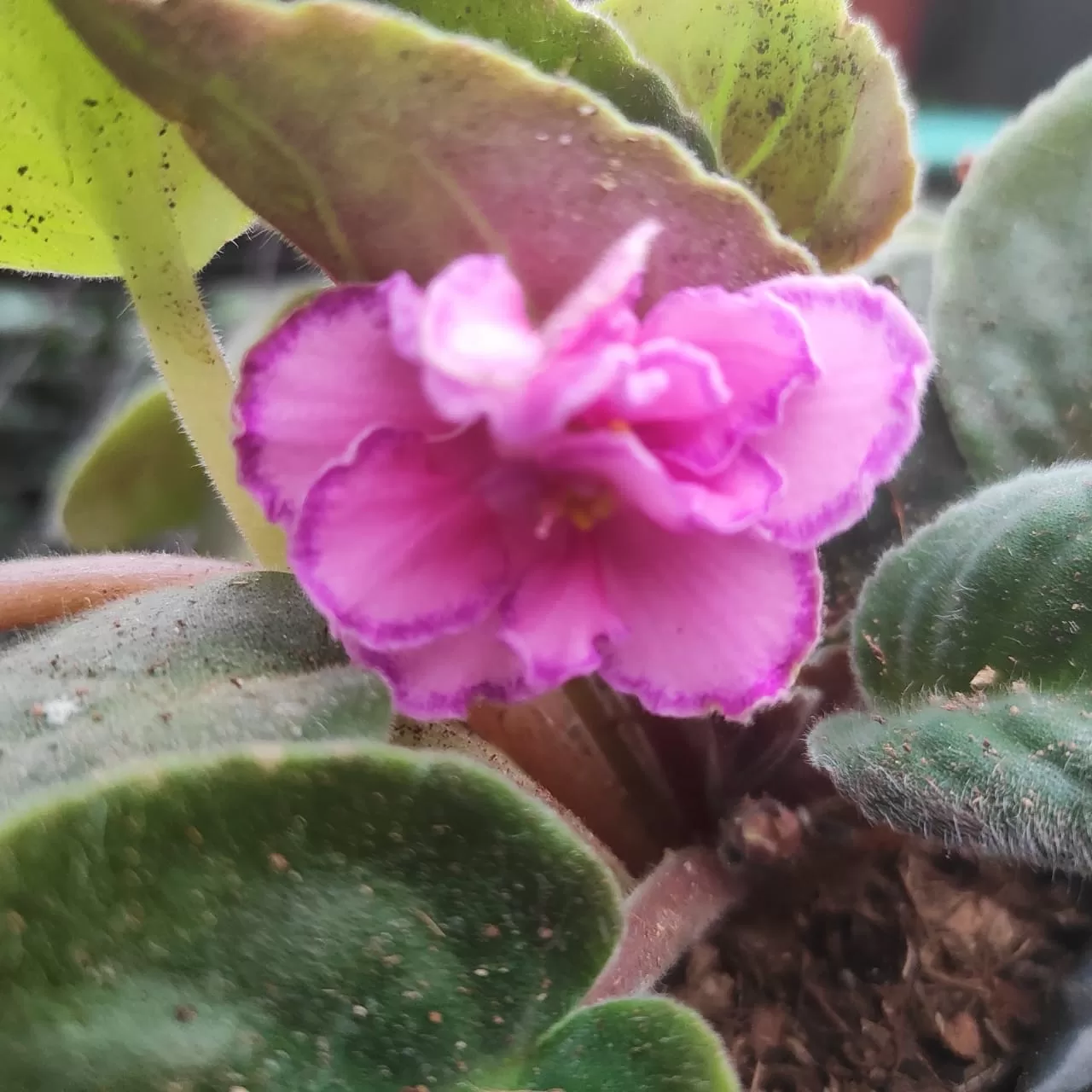Growing and Caring for African Violets

African violets are beautiful, easy-to-care-for houseplants that will bring vibrant color and lush foliage to your home. To keep these plants looking their best, you’ll need to provide them with the right amount of light, water, and fertilizer. Here’s how to grow and care for African violets.
1. Pot: When selecting a pot for your African violet, choose one that has good drainage and is slightly larger than the root ball of the plant.
2. Soil: Use a potting soil specifically designed for African violets.
- 50% peat moss or coco coir or wood fiber (Bark chips and wood shavings)
- 25% perlite
- 25% vermiculite
- African Violet Soil PH: Another factor that sets African violet soil apart is the level of acidity you’ll need to provide. Conventional potting soil is usually quite close to neutral (7.0) acidity, or pH. African violets prefer slightly acidic conditions, between 5.8 to 6.5 pH. In conventional soil, your plant won’t be able to efficiently absorb nutrients.Generally, peat moss is used to lower the pH in African violet potting soil. Coco coir has also shown to provide sufficient pH when used with traditional fertilizer. If you’re using wood fiber, however, you may want to fertilize with nitrogen-high fertilizer (15-30-15) or add a light organic compost to soil to balance it out.
-
Additional ingredients
- Limestone: To help balance acidity (only add if using peat moss) and prevent toxicities in the soil. Add 1 tablespoon to the recipe above.
- Superphosphate: Encourages strong root growth, great for newly propagated African violets. Add 1 teaspoon to the recipe above.
2. Temperature: African Violets prefer warm temperatures between 18°C to 24°C degrees Celsius and should be kept away from cold drafts and direct sunlight. Avoid placing them near drafts or heating vents, as this can cause their leaves to dry out quickly. African violets will thrive in an environment with the appropriate temperature and humidity levels.
3. Place in Bright, Indirect Light: African violets need bright, indirect light. Place the plant in an east- or west-facing window, or use a fluorescent light set up about six inches above the plant.
4. Water Carefully: African violets should be watered from the bottom. Place the pot in a shallow tray filled with water and let the plant absorb the moisture from the bottom up. Do not water from the top, as this can cause the leaves to rot. Water the soil of the African Violet regularly, allowing it to dry out slightly between waterings.
5. Fertilize Regularly: African violets need regular fertilizing to stay healthy. Use a specially formulated African violet fertilizer every two to four weeks with a balanced, soluble fertilizer.
6. Remove Dead Leaves: Trim off any dead stems or wilted leaves to encourage new growth
7. Repot the African Violet every 2-3 years, using a soil specifically designed for African Violets.
8. Pinch off any flower buds as soon as they appear to encourage the plant to focus its energy on growing.
9. Remove any spent blooms to keep the plant looking its best.
10. Control pests on the African Violet by regularly inspecting the plant and treating any pests with an insecticide.
11. Use a pebble tray or humidifier to increase the humidity around the African Violet.
With a little bit of care, your African violets will thrive and bring vibrant color and lush foliage to your home.




























































































































































